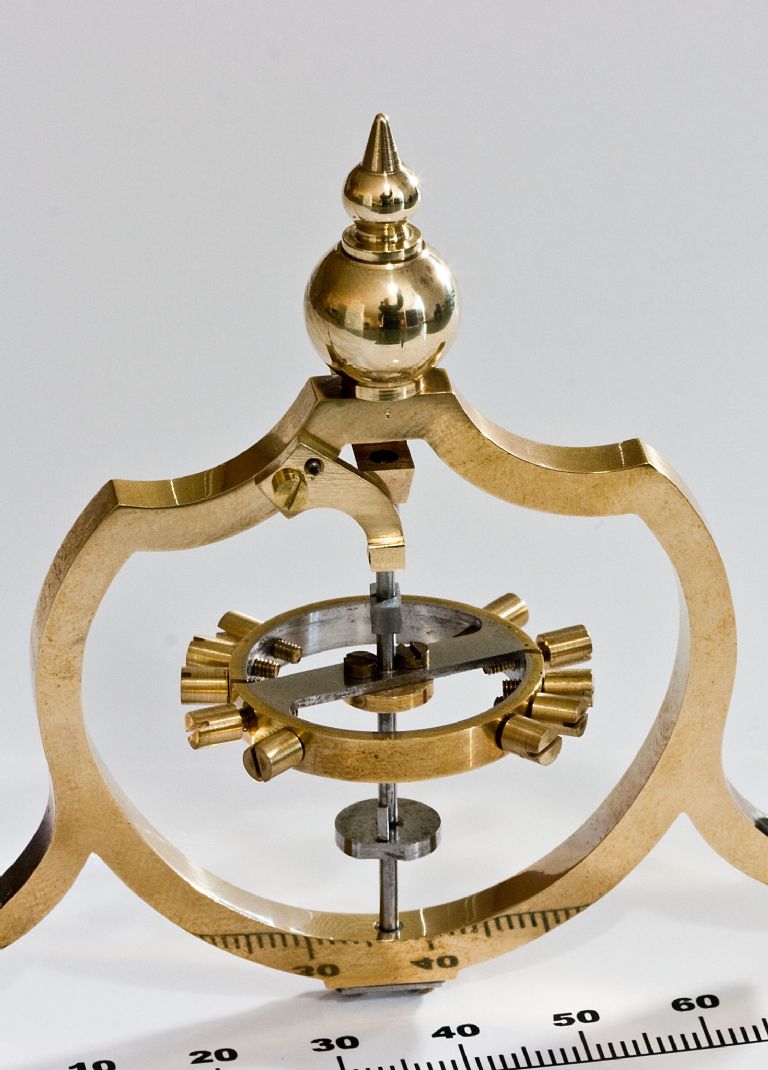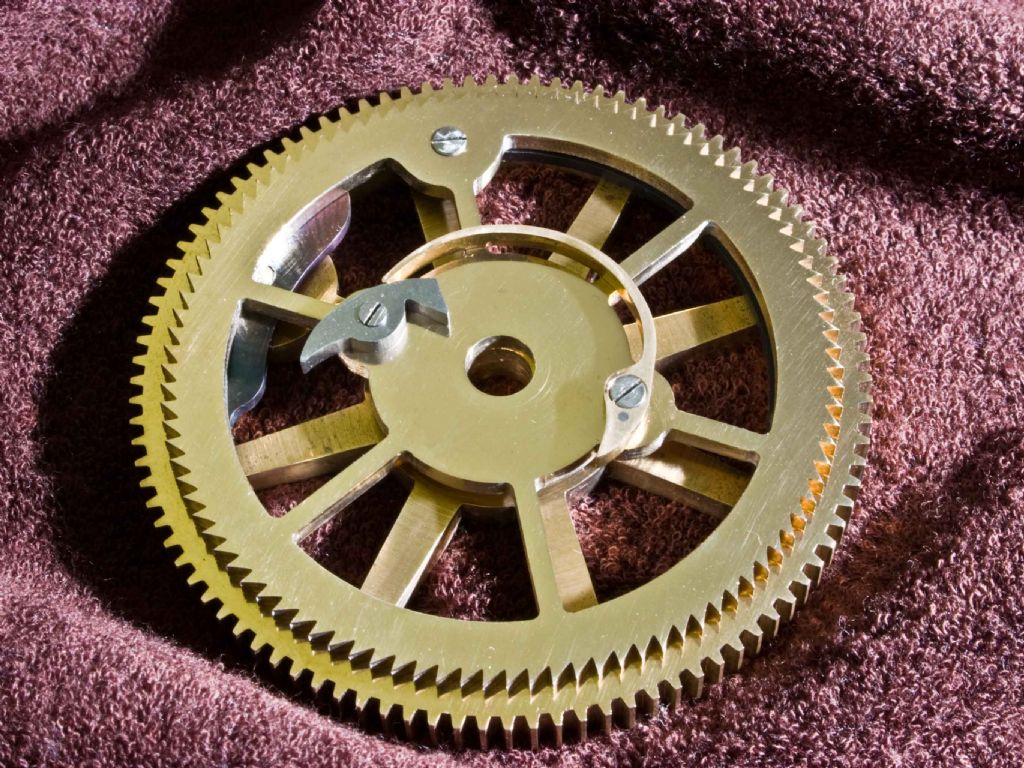This thread has invited a useful selection of entertaining comment. I trust others have been similarly amused. Thanks Michael for your watchful eye on detail, and your attention to the motion ratio aspect Bazyle.
On that score, it’s possible that he thought the design less cluttered when Mr Stevens was considering the motion’s 12:1 ratio. Instead, and with minimal stress to contend with (thanks for your input there John), he used a wheel with 72 teeth meshing with a 6-tooth pinion, the only solid pinion in the clock. However, this choice shoved the smallest of the pinions over to the side, thus requiring a 1:1 pair of wheels to bring the movement back to centre.
Dave’s chosen description of a clock and its variants while delving into the depths of atomic clocks and GPS was quite unexpected. Thanks for that Dave.
We’ll probably never know whether Mr Stevens started with a known (oscillator) source of timing, e.g. a variant of a platform escapement, or the alternative … a fixed stack of crossed out wheels and lantern pinions, each identified according to traditional terminology.
If the former, then I would imagine (as Neil suggests), he may have experimented with varying sizes of balance wheel or, as is quite feasible, calculated variants of the wheel’s 2nd moment of area. In the original article, brass was the material specified for the balance wheel. Whereas, having read somewhere (Gazeley’s book, perhaps) I digressed making the rim bimetallic (brass on steel). As I recall, the suggestion was 2/3 brass fused onto 1/3 steel. By the time I was into about the fifth attempt, having produced one without clearly visible blowholes in the brass, it was nearer 45/55.
Alongside this, he may instead have chosen to calculate the section properties of the wire, in particular the MI (moment of inertia). Classified in Wikipedia as a chronometer helix … **LINK**, the spring was supposed to be of flat section wire, giving the spring substantially greater stiffness in the vertical direction. Ideally, it would appear to ‘breath’, whereas my switch to round wire stood little chance. Wobble would be a better description.
In hindsight, it appears to matter little if the beat is 0.89266667 secs or 1.00000000 sec so long as we have the time (to wonder).
Sam
PS Have you tried locating a cicada (or a cricket) guided only by the sound they make?
Edited By Sam Stones on 30/01/2020 23:32:10
Sam Stones.






